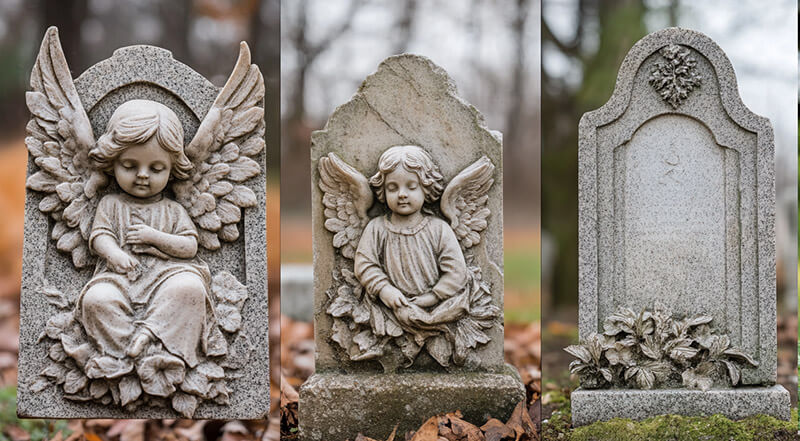The cost of a headstone depends on many factors. These include material, size, design, customization, and location. Each element contributes to the final price.
Material
The type of material affects cost. Granite and marble are common. Granite is durable and affordable. Marble is more expensive and softer. Bronze headstones are also popular but costly.
Different grades of stone also matter. Higher-quality stone costs more. Stone with fewer imperfections is pricier. Unique colors or patterns can raise the price.
Size and Shape
The size of the headstone plays a big role. Larger stones cost more. This is due to the material used and the labor involved. Simple shapes are cheaper than custom designs.
Complex shapes require skilled labor. Carving intricate designs adds to the cost. Unusual shapes like hearts or books increase expenses.
Customization
Customization can make headstones unique. Engravings, etchings, and carvings add to the cost. Text, images, and symbols require precision. This increases the time and effort needed.
Adding portraits or detailed artwork is expensive. Laser etching is often used for portraits. Hand-carving takes more time and skill, making it pricier.
Accessories and Features
Extra features raise the cost. Examples include vases, lanterns, or statues. Benches or plaques may also be added. These require additional materials and labor.
Bronze plaques or inlays are costly. Polished finishes increase the price. Special coatings for weather resistance also add to the cost.
Cemetery Regulations
Cemetery rules affect headstone costs. Some cemeteries require specific materials or sizes. Meeting these rules may increase expenses.
Some cemeteries also charge installation fees. Permits may be required. These additional costs can add up quickly.
Location and Shipping
The location of the supplier matters. Local stones are cheaper than imported ones. Imported stone adds shipping costs. Remote areas may have fewer options and higher prices.
Shipping and handling also add to the total. Larger and heavier stones cost more to transport. Custom headstones may need special packaging.
Labor Costs
The cost of labor varies by region. Skilled artisans charge more for detailed work. Machine-cut stones are cheaper but lack detail.
Hand-carved headstones require more time. This increases labor costs. Custom designs add to the overall expense.
Maintenance and Longevity
Some materials require less maintenance. Granite is low-maintenance and lasts long. Marble needs more care and may weather faster. Longevity affects long-term value.
Special coatings can protect the stone. These treatments raise the upfront cost but save money later.
Conclusion
Many factors determine the cost of a headstone. Material, size, design, and location are key. Additional features and labor also play a role. Understanding these helps in making informed choices.


